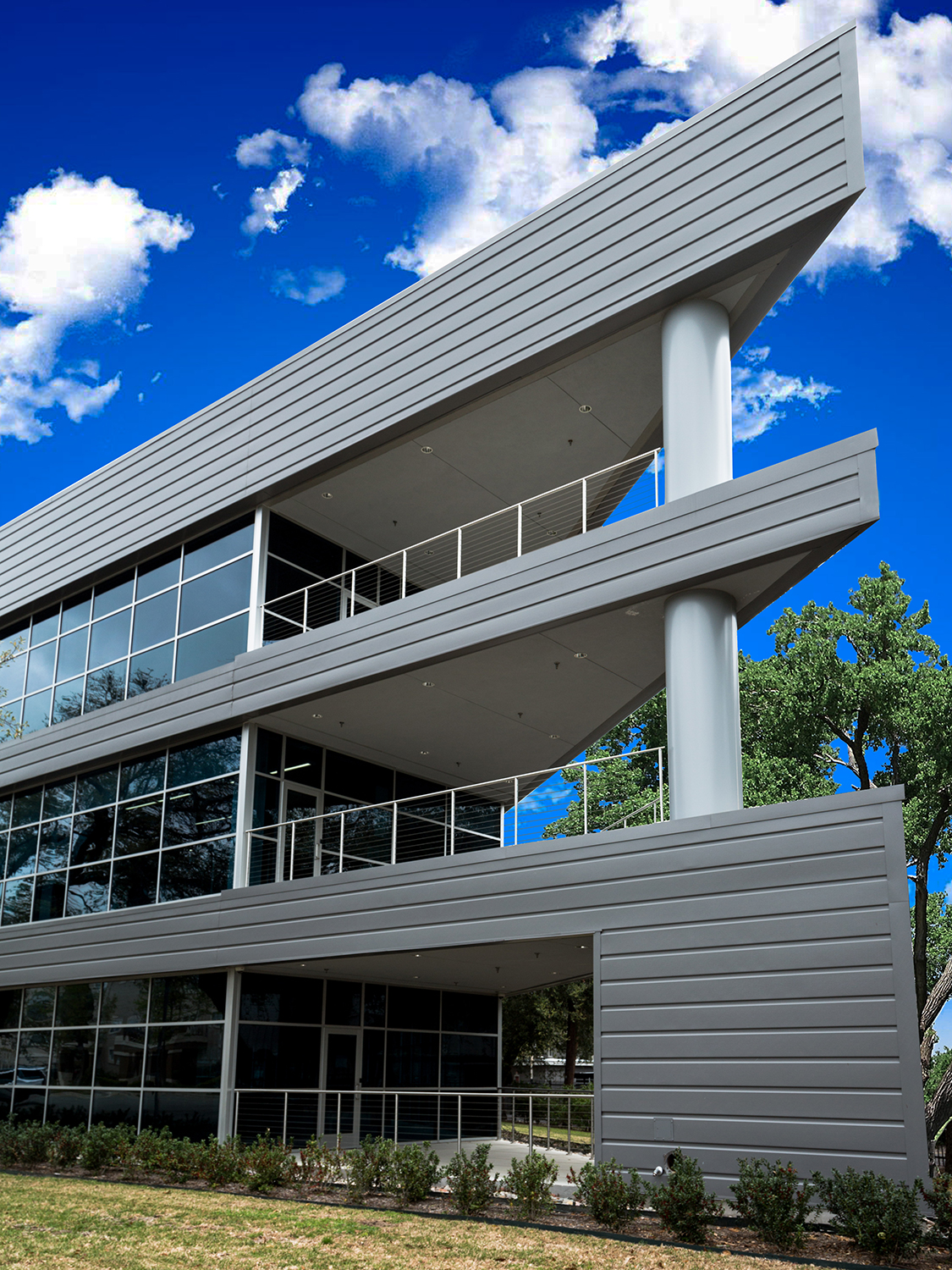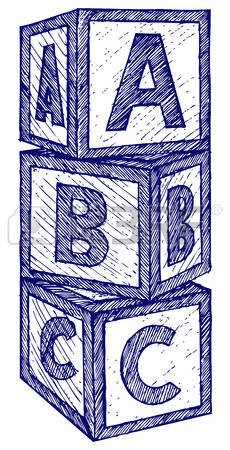
A, B, C Buildings: What’s the difference?
There are countless buildings types and models, but in terms of commercial buildings such as office spaces, buildings can be divided into three classes: A, B, and C. Although there are is no  formally recognized standard for the classification between the classes, there are general indicators to help determine which category a commercial building belongs to. Some of these indicators are infrastructure quality, age, location, rent figures, and aesthetic appearance. Because there is no formal outline for building classes, an A class building in one city can be considered a B class building in another city, and vice versa.
formally recognized standard for the classification between the classes, there are general indicators to help determine which category a commercial building belongs to. Some of these indicators are infrastructure quality, age, location, rent figures, and aesthetic appearance. Because there is no formal outline for building classes, an A class building in one city can be considered a B class building in another city, and vice versa.
 Class A buildings are typically in more desirable locations, have high quality infrastructure, and a pleasing aesthetic appearance. Buildings in class A are usually young and/or recently renovated, and demand the highest rents.
Class A buildings are typically in more desirable locations, have high quality infrastructure, and a pleasing aesthetic appearance. Buildings in class A are usually young and/or recently renovated, and demand the highest rents.
Class B buildings are generally several years older than class A buildings, but still maintain quality infrastructure. Class B buildings demand a lower rent than class A due to their quality and age, yet are not considered inadequate, and can move up to the A class through renovation.
Class C buildings are the bottom tier buildings, usually because of their less desirable locations and older age. These buildings often have outdated infrastructure and require renovation. As a result, Class C buildings have the lowest rent rates and often are the targets for re-development.


0 comments